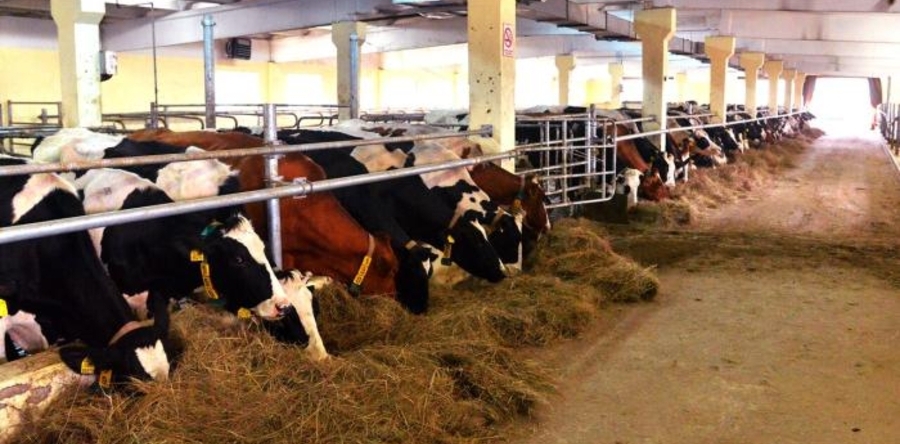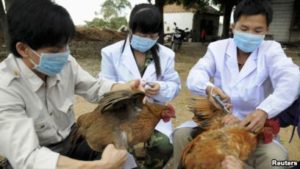To prevent ingress of livestock diseases to provide an export certificate for livestock and livestock products. Monitoring the quality of vaccines and biological Strengthening Central/ Regional Disease Diagnostic Laboratories.
For further details contact Deputy Commissioner (LH), Department of Animal Husbandry, Dairying & Fisheries, Krishi Bhawan, New Delhi Central Cattle Breeding Farms Objectives of the Scheme Progressive genetic improvement for milk production in important breed/type of cows and buffaloes by following scientific methods.
Production and distribution of superior pedigreed bulls for use in Cattle and Buffalo Breeding Programmes.
Preservation of indigenous germ plasm Production of upgraded crossbred animals suitable for specified breeding tracts. There are seven Cattle Breeding Farms in the Department, implementing the above-stated objectives.
The Farms are subordinate offices of the Department implementing the above technical program.
For further details contact Department of Animal Husbandry, Dairying & Fisheries, Jawaharlal Nehru Stadium, New Delhi. Central Sheep Breeding Farm, Hissar Haryana Objectives of the Scheme: To produce and disseminate acclimatized study rams to various State Sheep breeding farms for crossbreeding programs and genetic stock up gradation.
The farm also runs training courses in mechanical sheep shearing grading of wool and maintenance of sheep shearing machines. Substantial differences in the public expenditure for the National Prevention System for Animal Diseases and Zoonoses exist between case study countries, reaching from 10 million international dollars to 167 million international dollars.
The average expenditure on the National Prevention System was 48.6 million international dollars in the baseline year 2007.
Variations in expenditures between case study countries are clearly associated with differences in livestock population. Operational costs of the National Prevention System, when expressed on a per Veterinary Livestock Units (VLU) basis, therefore give a comparative measure of the level of service provision in relation to the quantitative requirements. ngo registration should be completed for working under the social department.
Sub-national expenditures tend to increase relative to the centralized expenditures with increasing size of the national territory. Operating expenditures associated with the National Prevention System are incurred either centrally, in or near the main center of government, or dispersed more widely in provincial, regional or district locations. A high central expenditure in Costa Rica is clearly associated with a centralized structure in a relatively small country, whereas Turkey, Morocco, and Vietnam, three of the largest countries in the area, spent about three-quarters of the total NPS operating expenditure at the sub-national level. Provided that both central and regional elements are included, the average total cost per VLU may be unaffected by the extent of decentralized expenditure. There is no evidence that a stronger private veterinary sector reduces public NPS expenditures in the case study countries. Apply today for trust registration.
The relative strength of the private veterinary sector, expressed as the ratio of public to private veterinarians, appears to be related to the income level of the country.
In the case study countries, both NPS expenditures and the relative importance of the private veterinary sector increase with a higher GNI per capital.



